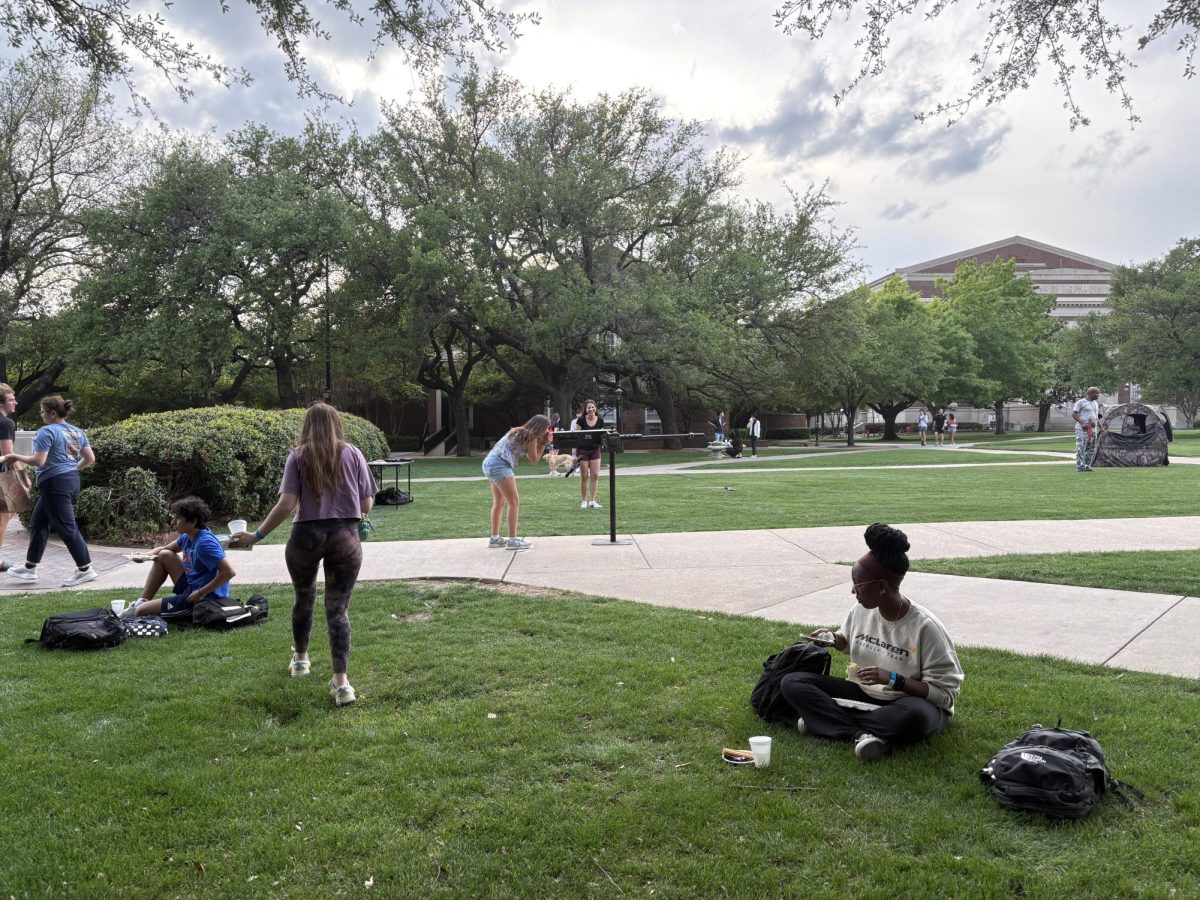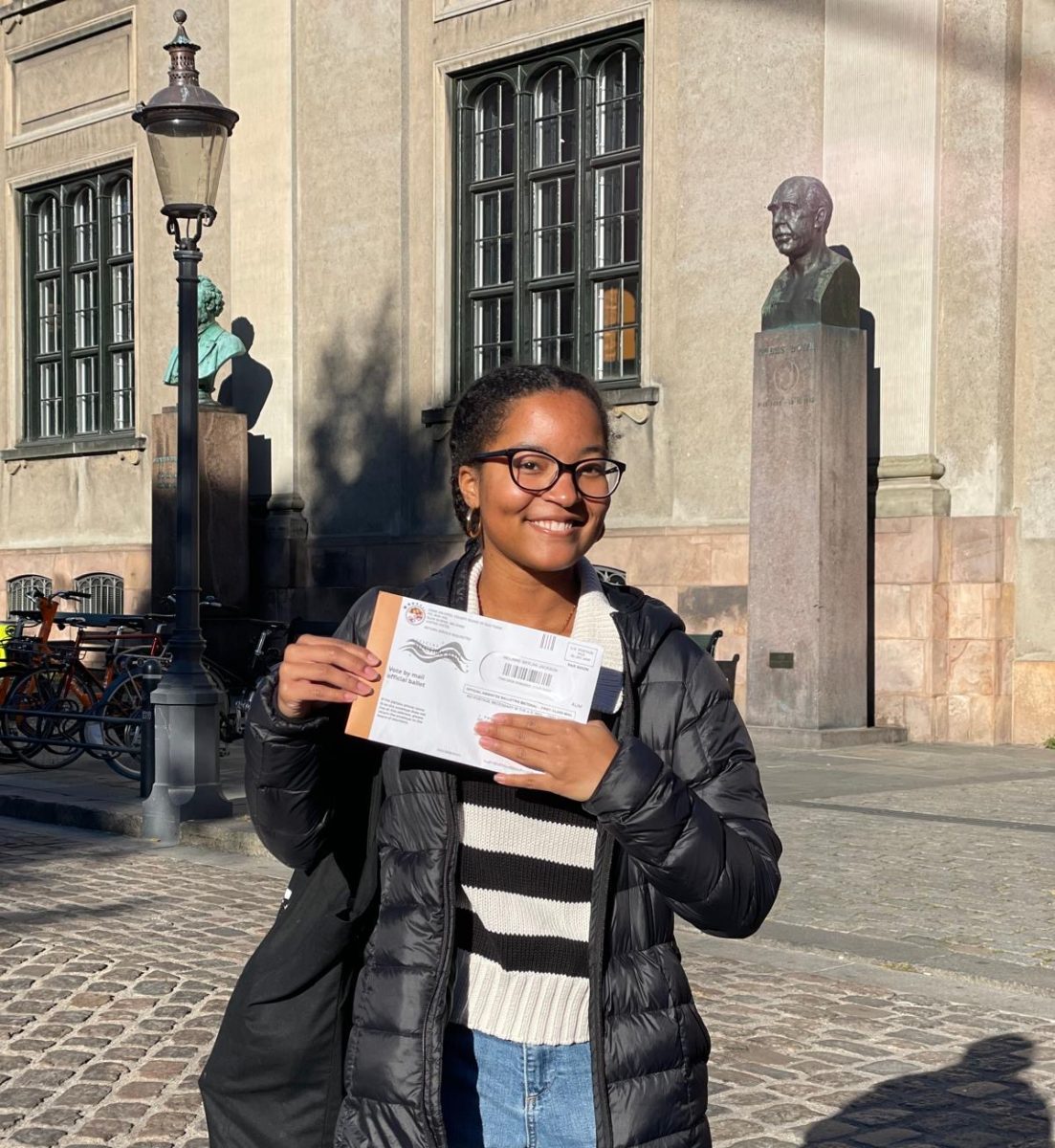
Here’s one for you: pretty, wealthy girl gets accepted into Yale University. Decides to study English. Finds her creative voice thanks to a supportive faculty. Writes a play to be produced at the New York International Fringe Festival. Accepts a job at The New Yorker. Graduates Magna Cum Laude. Dies in a car accident five days after her university’s commencement.
That’s Marina Keegan’s story, in a nutshell. She achieved national acclaim when, in November 2011, she wrote a column in The New York Times decrying the rapacity of consulting firms and i-banks in their recruitment of Ivy League college students (as she noted, every year 25 percent of employed Yale graduates go into consulting and finance).
But she certainly planned on no vow of poverty for herself; this girl, like many privileged Ivy graduates, had the world at her fingertips. And then one night in May of 2012, she was gone.
I hesitate to quote a comic book villain in a somber context like this, but the situation can’t help but remind me of something the Joker said in “The Dark Knight” movie: “Nobody panics when things go according to plan.” But when the plan derails like this, panic might be the only justifiable reaction.
Keegan’s family this week released a collection of her essays and short stories entitled “The Opposite of Loneliness.” I bought a copy of it Monday and began reading through it. What struck me about this book was not the profundity of her voice, but the feelings of an imagined kindred connection the pages could evoke between the late writer and me. I read her short essays and realize that they make a lot of the same points I argue in this opinion column some weeks. I listened to her try to impose meaning on this ostensibly purposeless existence — she voices many of the same doubts as me about life’s significance. I bet, were we classmates, we would have had deep conversations about Camus and Coleridge together. I probably would have had a huge crush on her.
She wrote a lot about all of the things she wanted to do before she died. But the irony there is that, at the age of 22, death is hardly real. Even if we’ve buried friends and family members, it is unfathomable to think that we, the invincible youth, could be struck down tomorrow. It’s such an absurd notion.
And yet, look at what happens. I think what’s most tragic about this situation is that Keegan would have resented people reading her work just because she died tragically, yet I can’t honestly say I would have picked this book up otherwise. In some ways it’s pointless to ruminate on why this had to happen to her and not someone else, or what else she might have written had she lived.
As Kurt Vonnegut once said, “Here we are, trapped in the amber of the moment. There is no why.” What else can we do sometimes except carry these stories with us? Keegan, in her words and example, does not teach us anything novel, but her words are worth keeping close to the heart.
“What we have to remember is that we can still do anything. We can change our minds. We can start over. Get a post-bac or try writing for the first time. The notion that it’s too late to do anything is comical. It’s hilarious. We’re graduating from college. We’re so young,” she said. “We can’t, we MUST not lose this sense of possibility because in the end, it’s all we have.”








